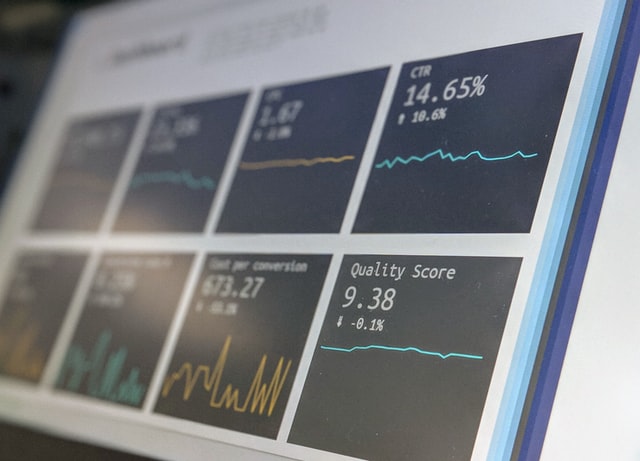Definition of Testing & Certification:
Testing refers to the process of evaluating the functionality, performance, quality, or compliance of a product, service, system, or process against specified requirements or standards. It involves conducting various assessments to ensure that the item being tested meets the necessary criteria before it is released or used. Testing can be applied across various industries, including software, electronics, manufacturing, pharmaceuticals, and more.
Certification is the formal recognition, usually by an accredited body, that a product, service, system, or individual has met specific standards or criteria. Certification acts as a guarantee to customers, regulators, or other stakeholders that the certified entity has been rigorously tested and has proven to meet the necessary standards of quality, safety, or performance.
List of Testing Services:
- Functional Testing: Ensures that a product or system performs according to its specified requirements.
- Performance Testing: Measures how well a product or system performs under a particular workload, assessing its speed, responsiveness, and stability.
- Safety Testing: Verifies that a product or system operates safely under normal and abnormal conditions.
- Compatibility Testing: Ensures that a product works well with other systems, devices, or software with which it must interact.
- Usability Testing: Assesses how easy and user-friendly a product or system is for end-users.
- Security Testing: Identifies vulnerabilities in a product or system to ensure it is protected against threats like hacking or data breaches.
- Environmental Testing: Evaluates a product’s performance under various environmental conditions, such as extreme temperatures, humidity, or vibration.
- Compliance Testing: Ensures that a product meets regulatory requirements and industry standards.
- Interoperability Testing: Confirms that a product or system can operate in conjunction with other products or systems, often across different platforms or networks.
- Regression Testing: Ensures that new code or updates do not negatively impact existing functionality in software.
Certification Processes:
- Standards Identification: Identifying the relevant standards or regulations that the product, service, or system must meet.
- Testing & Evaluation: Conducting necessary tests and assessments to ensure compliance with the identified standards.
- Documentation Review: Reviewing technical documentation, design specifications, and other materials to ensure they meet the standards.
- On-Site Audits: In some cases, conducting on-site inspections or audits to verify that processes, systems, or manufacturing practices meet required standards.
- Certification Decision: An accredited certification body reviews all test results, documentation, and audit reports to make a decision.
- Issuance of Certification: If all criteria are met, a formal certificate is issued, indicating compliance with the standards.
- Surveillance & Recertification: Periodic reviews or re-testing to ensure ongoing compliance with the standards, often required to maintain certification over time.
Benefits of Testing & Certification:
Testing and certification provide numerous benefits for both producers and consumers. For producers, it helps in identifying and correcting issues before the product reaches the market, thereby reducing the risk of costly recalls or damage to the brand’s reputation. Certification adds an additional layer of trust and credibility, making it easier to access new markets or satisfy regulatory requirements.
For consumers, testing and certification offer assurance that the product, service, or system they are using is safe, reliable, and meets a recognized standard of quality. This assurance can lead to increased consumer confidence and satisfaction.
Overall, testing and certification are critical processes that enhance product quality, safety, and marketability, benefiting all stakeholders involved.




